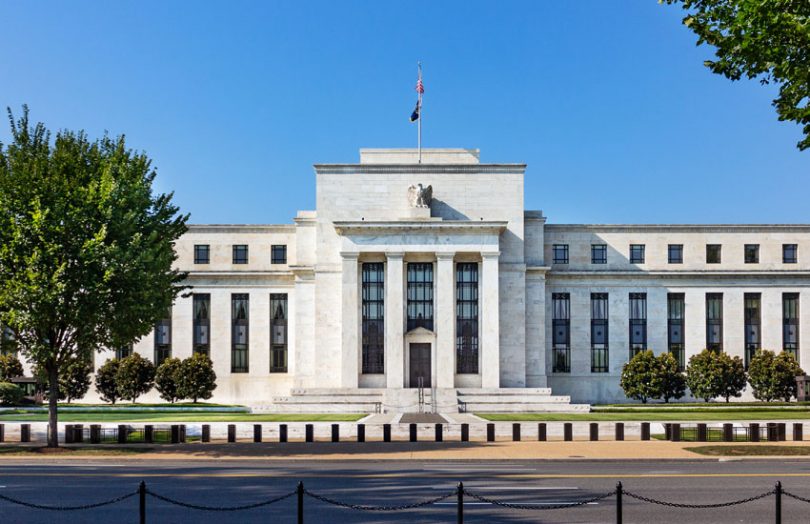Yesterday the Federal Reserve announced guidelines for granting Federal Reserve master account access to institutions with novel charters, which would include cryptocurrency banks, stablecoin issuers and digital asset banks more broadly. It released a draft version in March 2021, which was revised twice based on feedback.
“The new guidelines provide a consistent and transparent process to evaluate requests for Federal Reserve accounts and access to payment services in order to support a safe, inclusive, and innovative payment system,” said Vice Chair Lael Brainard.
While the crypto sector has embraced the new pathway, there was an important caveat in the Federal Reserve’s announcement. If supervisory or regulatory frameworks are still being developed for the novel activities – as is the case for crypto and stablecoins – then any Federal Reserve review will be more extensive.
In June, Wyoming-based digital asset bank Custodia sued the Federal Reserve over an alleged unlawful delay in processing its application. Custodia hasn’t yet commented on the latest news.
Federal Reserve Governor Bowman was keen to manage expectations. “These guidelines are only the first step in providing a transparent process,” she said. “More work remains to be completed before a process is established to fully implement the guidelines. There is a risk that this publication could set the expectation that reviews will now be completed on an accelerated timeline.”
Mixed responses to the news
Digital asset custody firm Fireblocks welcomes the news as a pathway for these state-registered banks to avoid using other banks as payment intermediaries. “These arrangements have proven incredibly precarious to establish and sustain in practice, particularly where the entity is deemed to be in a “high risk” business like digital assets,” said Jason P Allegrante, Fireblocks Chief Legal & Compliance Officer.
He continued, “This could also have significant consequences for stablecoin issuers. Stablecoins themselves are distributed and transferred on blockchain and therefore do not rely on legacy infrastructure. However, the assets backing certain stablecoins will likely need access to central bank services. The proposed update to guidance not only opens the door for issuers to enter into a direct relationship with the Fed, it also raises the question of whether the Federal Reserve is positioning itself as the de facto prudential regulator for such issuers.”
The American Bankers Association (ABA) gave a guarded response. The latest guidelines incorporate a recommendation provided in the ABA’s April feedback that the Federal Reserve should ensure that the process is applied consistently rather than differently from state to state. Hence the latest guidance says Reserve Banks should consult with other Reserve Banks and the Federal Reserve Board.
“Allowing new financial players to access the Federal Reserve system without requiring them to meet the same high standards as banks poses real risks,” said ABA CEO Rob Nichols. “We will watch carefully to ensure that these new guidelines, particularly the tiering requirements, recognize those risks, and we look forward to seeing the Board and the Reserve Banks apply these guidelines fairly but rigorously.”
The master account guidelines
The Federal Reserve established a tiering system, with those with federal deposit insurance receiving a lighter touch review for master account access. An intermediate tier and review apply to those institutions that are not insured but are subject to prudential supervision by a federal banking agency or Federal Reserve oversight. Organizations in the third tier which don’t have insurance and don’t fall into the second tier will have a more extensive review process.
There are also a set of principles used to assess applications. These clarify which organizations can have master accounts and a risk review process to protect the financial stability of the Federal Reserve, payment system and the transmission of monetary policy.






